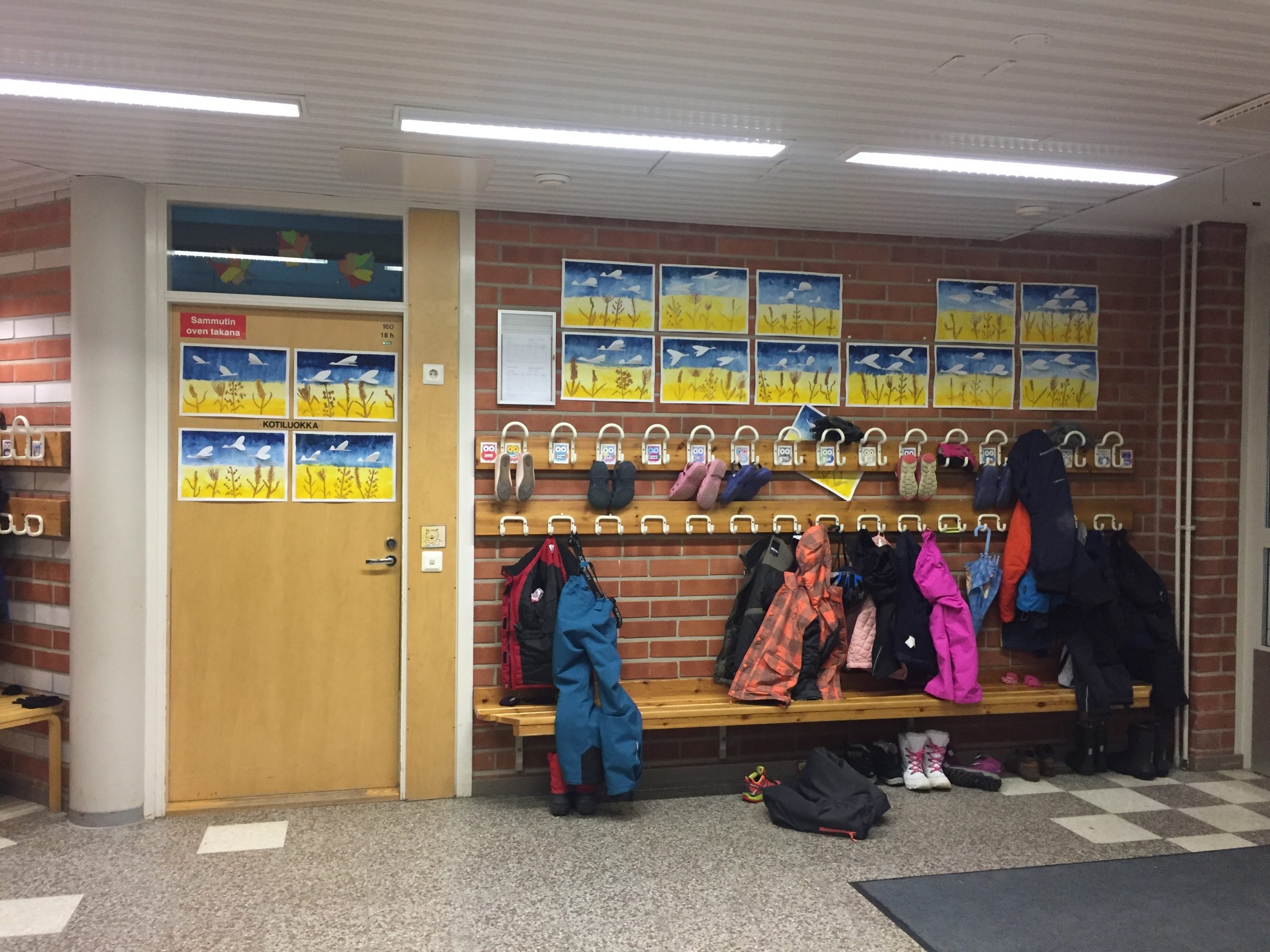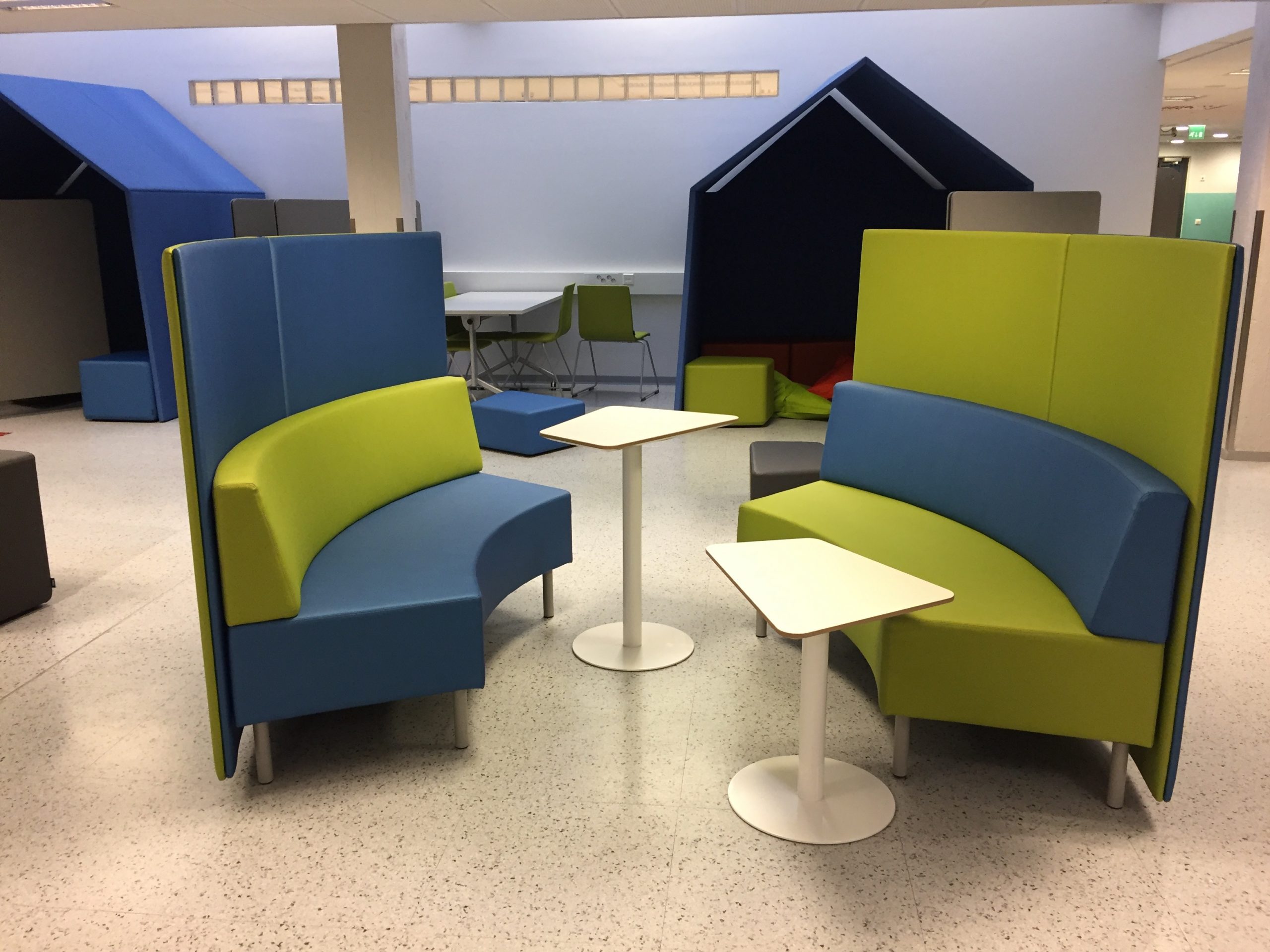Five small big things I like about Finnish schools
Writer: Chidchanoke Kasetpibal
Having observed a number of Finnish schools and lessons, I will to use this blog post as an introduction to the few more-to-come blog posts about my experiences as a teacher student, my opinions on Finnish schools and my attitudes towards Finnish educational system.
I would like to continue to tell about my experince of being a teacher student in Finland, and today I am proud to present you the 5 small, but in fact big things, I love most about Finnish schools.
1. “No Uniform” Rule
Finnish students do not wear uniforms. They come to school with the clothes they feel comfortable in and suitable for them each day. They are welcome to appear in any hair color and hairdo or just a simple style, with polished nails or unpolished ones, with or without accessories.
Some might still believe that uniform can unify people and lead to better learning outcomes, since students seem less occupied with their appearances. However, this unconventional dress code practice in Finnish learning environment can prove that having no uniform rule is actually not a bad idea.

2. Little Use of “Rewarding System”
I have very rarely seen a Finnish teacher, who would have arranged learning activities that create a powerful and competitive atmosphere among students. There have been some games, which helped the students to learn the concept of teamwork and leadership, but the highest scores are never the main focus.
They are not even talked about after the game is over. Some younger students may get a small gift or points, when they complete their tasks. But I have never seen a vigorous competition, which would have led to any bigger reward than a sticker or a short period of free time.
3. The Absence of “Punishment”
Punishment is not a common practice in Finnish schools. And I have to admit that I am very dazzled how Finnish teachers I have met can manage to create a calm, but productive learning environment with only a few rules, or even none. More surprisingly, the students themselves are pretty much naturally responsible, independent, active and well-behaved.

4. The Power of “Positive Encouragements”
Thanks to all my teacher mentors, my co-teaching classmates and my students, I have gradually mastered the skill of providing honest yet constructive feedback to support my students in learning, or at least in trying to learn as well as they can.
We wholeheartedly know that kind words and encouraging remarks have a great impact on one’s emotional strength, especially self-confidence and self-esteem. Positive feedback, particularly in Finnish educational context, correlate highly with the concept of life-long learning, which is one of the key values expected to be fostered in Finnish educational system and society.

5. The “Trust” System
It is widely known that Finnish teachers are highly respected and trusted by parents and the society. They are autonomous in planning their lessons and designing the learning activities as long as those correspond with the national core curriculum.
Apart from the high level of autonomy the teachers possess, the teachers themselves also place a high level of trust in their students. What I really like is how the students are free to choose their own comfortable learning corner.
Different kinds of private learning spaces, which could be inside or outside the classroom, are present in each Finnish school I have visited. The teachers and students may use these places together, or the students can go there to read, write, do homework or just talk to their friends.
Students are not forced to take a specific spot all the time, even during the lessons. The mutual trust developed between teachers and students lead to a more productive learning.
I hope this blog post has helped you to at least gain a little bit insight into the Finnish classrooms! Still, the learning environment and atmosphere can vary greatly from school to school.
Chidchanoke Kasetpibal